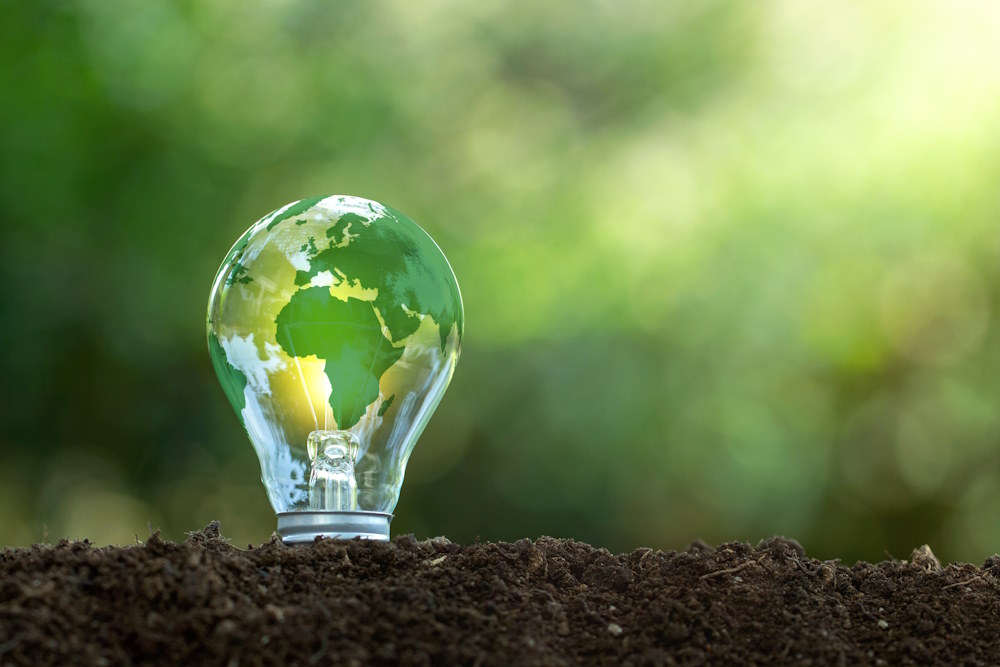Introduction
In an era where climate change concerns and the depletion of traditional energy sources are at the forefront of global discussions, the demand for sustainable and eco-friendly energy solutions has never been greater. Green energy, also known as renewable energy, emerges as a beacon of hope, offering a cleaner and more sustainable path for powering our world. In this article, we will explore the concept of green energy, its various sources, environmental benefits, and the role it plays in shaping a more sustainable future.
Defining Green Energy
Green energy refers to energy derived from renewable, naturally occurring sources that are environmentally friendly and have minimal impact on ecosystems. Unlike fossil fuels, which release harmful greenhouse gases into the atmosphere, green energy technologies harness the power of natural resources that are continuously replenished.
Key Sources of Green Energy
- Solar Power: Solar energy, harnessed through photovoltaic cells, converts sunlight into electricity. Solar panels installed on rooftops or in solar farms capture the sun’s energy, providing a clean and abundant source of power.
- Wind Power: Wind turbines harness the kinetic energy of the wind to generate electricity. Wind power is a mature and rapidly growing technology that is being utilized in both onshore and offshore settings.
- Hydropower: Hydropower involves harnessing the energy from flowing or falling water to generate electricity. Dams and hydroelectric power plants are common implementations of this clean and renewable energy source.
- Geothermal Energy: Geothermal power taps into the Earth’s internal heat to generate steam and produce electricity. This sustainable energy source is particularly effective in regions with significant geothermal activity.
- Biomass: Biomass energy is derived from organic materials, such as agricultural residues, wood, and organic waste. Through processes like combustion and anaerobic digestion, biomass can be converted into heat, electricity, or biofuels.
Environmental Benefits of Green Energy
- Reduced Greenhouse Gas Emissions: Unlike fossil fuels, green energy sources produce little to no greenhouse gas emissions during operation. This significantly mitigates the impact of climate change and helps combat global warming.
- Air and Water Quality Improvement: Green energy technologies contribute to improved air and water quality by minimizing the release of pollutants associated with traditional energy sources. This, in turn, positively impacts human health and ecosystems.
- Conservation of Natural Resources: Renewable energy sources are inherently sustainable, as they rely on the Earth’s natural processes. This reduces the depletion of finite resources and promotes a more balanced and harmonious relationship with the environment.
- Mitigation of Environmental Degradation: By minimizing the environmental footprint associated with resource extraction, transportation, and waste disposal, green energy helps protect ecosystems from irreversible damage.
The Role of Green Energy in a Sustainable Future
- Energy Independence: Investing in green energy sources reduces dependence on fossil fuels, contributing to greater energy security and independence for nations.
- Job Creation and Economic Growth: The green energy sector has become a significant source of employment and economic growth. From manufacturing and installation to maintenance and research, the industry generates diverse job opportunities.
- Technological Innovation: Continued investment in green energy encourages technological advancements and innovations, driving down costs and making sustainable energy solutions more accessible to a broader population.
- Global Collaboration: The shift towards green energy fosters international cooperation and collaboration to address shared environmental challenges. Initiatives and agreements encourage countries to work together in the pursuit of sustainable development goals.
Conclusion
Green energy represents a transformative force that has the potential to reshape the way we power our world. As we strive for a more sustainable future, embracing renewable energy sources becomes not just a choice but a necessity. Through technological advancements, increased awareness, and collective efforts, green energy stands as a beacon of hope, offering a cleaner, more sustainable path forward for current and future generations. By harnessing the power of nature responsibly, we can create a world where energy is abundant, clean, and in harmony with the delicate balance of our planet.

